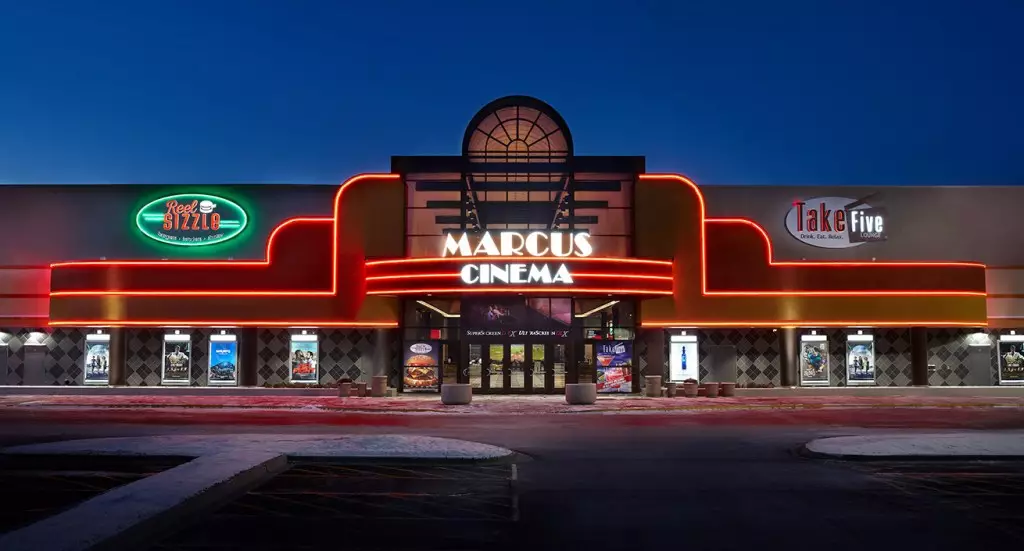The theater industry, like many entertainment sectors, is keenly aware of the pivotal role that attendance plays in its financial health. Greg Marcus, CEO of Marcus Corporation—a company that operates both hotels and theaters—emphasizes attendance as a cornerstone of success. Initiatives such as Discount Tuesday have been instrumental in luring patrons away from home entertainment options and back into theaters, aiding revenue generation and overall audience engagement. However, he acknowledges that establishing ticket prices effectively represents a significant challenge, requiring constant adjustments and careful consideration.
The intricacies of ticket pricing are not straightforward. According to Marcus, they are diligently refining their pricing framework, which mirrors revenue management techniques found in the hotel industry. It is about discovering the “right price for the right person at the right time,” a balancing act that directly influences revenue. This strategy comes to the forefront as Marcus Corporation reports impressive growth numbers, with a notable 23% increase in theater revenues over the previous year, reaching a striking $121.2 million in the final quarter of 2024. The resurgence of popular films such as “Wicked,” “Moana 2,” and “Venom: The Last Dance” has significantly contributed to this growth, showcasing the importance of content in drawing audiences.
However, the landscape isn’t without challenges. A dip in average ticket prices by 10.6% has emerged, stemming from a blend of factors, including the higher pricing associated with blockbuster hits like “Taylor Swift: The Eras Tour” in the previous fiscal quarter. This reflects a wider trend wherein theater chains are experimenting with pricing to stimulate attendance and cultivate long-term audience loyalty. It’s a necessary evolution post-pandemic, as theaters strive to attract patrons back, balancing promotions with profitability.
In a bid to foster sustained engagement and remove barriers for moviegoers, Marcus Theatres launched the “Marcus Movie Club.” For a mere $9.99 a month, the membership offers immense value—allowing patrons to enjoy a free ticket to any 2D movie each month, a 20% discount on food and beverages, and additional tickets at a low price without incurring digital fees. This innovative model seems to resonate with audiences, as early subscription figures indicate strong interest with over 30% of new customers opting for annual memberships.
Looking Ahead: A Promising Future
As 2024 unfolded, a stark contrast emerged within the year, dividing it into two distinct halves. The latter half witnessed a remarkable resurgence in attendance, bolstered by the release of four out of the five highest-grossing films of the year. This pattern is indicative of a larger revival trend, where the momentum created during the holiday season is promisingly expected to carry into 2025. With strategic price adjustments, innovative membership offerings, and a carefully curated film slate, Marcus Theatres and similar chains are positioning themselves to not only survive but thrive in a revitalized cinema landscape. As the industry adapts to changing consumer habits and economic conditions, it stands at the forefront of entertainment evolution, capable of drawing audiences back into theaters with confidence.

